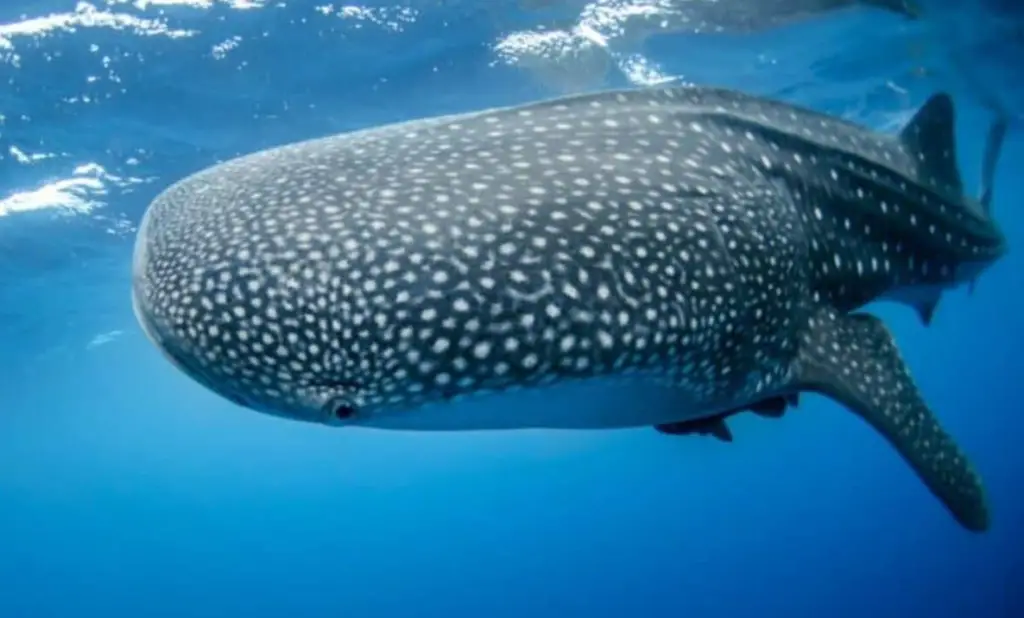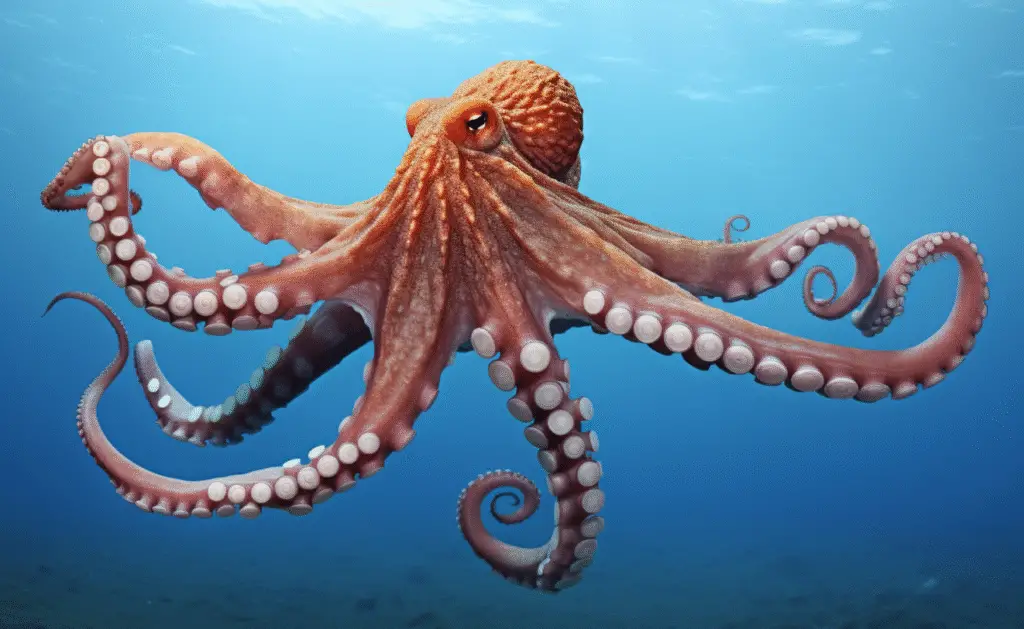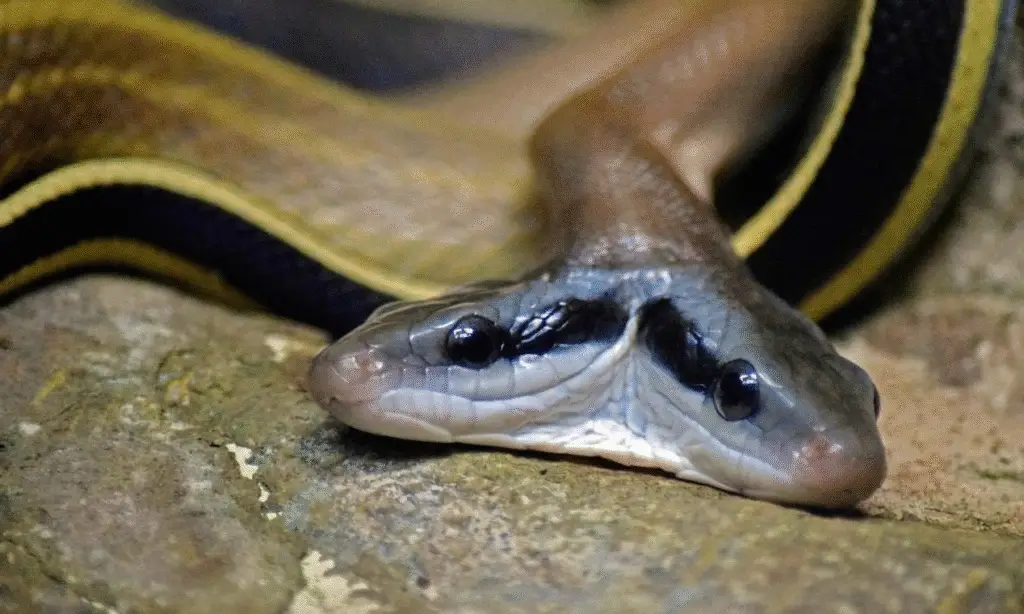Frozen for 24,000 Years: Tiny Creature Wakes Up in Siberian Lab

In a discovery that sounds like it came straight out of a science fiction novel, scientists have revived a microscopic animal that had been frozen in Arctic permafrost for 24,000 years.
This tiny critter, known as a bdelloid rotifer, was unearthed in Siberia and brought back to life in a laboratory, where it even started reproducing.
This feat, detailed in a study published in Current Biology (source), pushes the boundaries of what we thought was possible for life and opens up exciting possibilities for research into cryogenics and beyond.
What is a Bdelloid Rotifer?
Bdelloid rotifers are microscopic, multicellular animals that look like translucent worms, smaller than a grain of sand.
Typically found in freshwater environments or moist soil, these creatures are renowned for their incredible toughness.
They can survive extreme conditions that would wipe out most other organisms, including high radiation, dehydration, starvation, acidity, low oxygen, and freezing temperatures.
Their secret weapon? A state called cryptobiosis, where their metabolism nearly stops, allowing them to endure harsh environments for extended periods.
These little survivors have been thriving on Earth for at least 35 million years, quietly hanging out in places like ponds, streams, and moss.
The Discovery and Revival Process
The story began in 2015 when a team of Russian scientists drilled into the permafrost near the Alazeya River in northeastern Siberia.
At a depth of about 11.5 feet, they found these rotifers encased in ice that had remained frozen at around 14 degrees Fahrenheit for millennia.
Using radiocarbon dating on the surrounding soil, the researchers confirmed the ice was approximately 24,000 years old, dating back to the Pleistocene epoch when woolly mammoths roamed.
To bring the rotifers back to life, the team, led by researchers from Russia’s Institute of Physicochemical and Biological Problems in Soil Science, placed the frozen organisms in a petri dish with a nutrient-rich medium.
Then, they waited. To their astonishment, the rotifers began to move and even reproduced asexually through a process called parthenogenesis, as bdelloid rotifers are all female and don’t require males to reproduce.
And get this—these little guys didn’t just wake up; they started making copies of themselves right there in the lab!.
Why This Discovery is a Big Deal
This isn’t just another cool science story—it’s a game-changer. Reviving a multicellular organism after 24,000 years of being frozen is a first.
While single-celled organisms like bacteria and viruses have been brought back from ancient samples, the complexity of a multicellular animal like the rotifer, with a gut and a brain (albeit tiny), makes this achievement stand out.
“The takeaway is that a multicellular organism can be frozen and stored for thousands of years and then return back to life—a dream of many fiction writers,” said Stas Malavin, a researcher involved in the study.
Kristin Gribble, a scientist at the Marine Biological Laboratory in Woods Hole, Massachusetts, who wasn’t part of the study, called it “another example of the profound capacity rotifers have to endure extreme environments”.
The fact that these creatures could survive such a long deep freeze is mind-blowing and challenges our understanding of life’s limits.
A Look at the Bigger Picture
This isn’t the first time scientists have pulled off something like this.
The same research team previously revived 40,000-year-old roundworms from the same Siberian region.
Ancient moss, bacteria, and even viruses have also shown surprising longevity when preserved in ice.
For example, Antarctic moss was regrown from a 400-year-old sample, and campion plants were regenerated from 32,000-year-old permafrost seeds.
However, the rotifer’s revival is particularly notable because of its multicellular complexity.
But there’s a flip side. As climate change causes permafrost and glaciers to melt, scientists worry that ancient pathogens could be released.
While the rotifer is harmless, the thawing of ancient ice could unleash microbes or viruses that have been dormant for millennia, potentially disrupting modern ecosystems.
It’s likely there are many more species of tiny animals frozen in the ice, and how they might interact with our environment if unfrozen is still unknown (source).
| Organism | Age When Revived | Location | Key Details |
|---|---|---|---|
| Bdelloid Rotifer | ~24,000 years | Siberian Permafrost | Revived and reproduced asexually; survived at 14°F in cryptobiosis. |
| Roundworms | ~40,000 years | Siberian Permafrost | Previously revived by the same team; simpler multicellular organisms. |
| Antarctic Moss | ~400 years | Antarctica | Successfully regrown from ice-covered sample. |
| Campion Plants | ~32,000 years | Siberian Permafrost | Regenerated from preserved seed tissue. |
| Bacteria/Viruses | Various (up to millions of years) | Various | Single-celled organisms revived from ancient samples like salt crystals. |
What This Means for the Future
The ability of bdelloid rotifers to survive 24,000 years in a frozen state has huge implications for science.
In cryogenics, understanding how these organisms protect themselves from the damaging effects of freezing could lead to breakthroughs in preserving complex life forms.
“The more complex the organism, the trickier it is to preserve it alive frozen, and for mammals, it’s not currently possible,” Malavin noted.
“Yet, moving from a single-celled organism to an organism with a gut and brain, though microscopic, is a big step forward”.
This discovery also sparks the imagination for astrobiology.
If life can endure such extreme conditions on Earth, could similar organisms survive on frozen worlds like Mars or Jupiter’s moon Europa? It’s a tantalizing thought.
Imagine if we could one day freeze and revive larger animals or even humans.
Could we bring back extinct species or preserve people for future generations? It’s wild to think about, but we’re still a long way off.
From my perspective, this discovery is more than just reviving an ancient organism—it’s about redefining what’s possible in biology.
As someone fascinated by extremophiles, organisms that thrive in extreme conditions, this story is thrilling.
It makes you wonder what else is out there, frozen in time, waiting to be discovered. Could entire ecosystems be preserved in the ice, ready to reveal secrets of Earth’s past?
The Science Behind It
The research, published in Current Biology, used advanced techniques to ensure the rotifers were indeed from 24,000 years ago.
The team sequenced the rotifer’s genome, finding it closely related to Adineta vaga, a species with multiple subspecies, suggesting this could be a new species altogether.
The permafrost, a frozen layer of soil that has remained solid for tens of thousands of years, acted like a natural freezer, preserving the rotifers in a state of suspended animation.
Cryptobiosis, the state that allowed the rotifers to survive, is a remarkable adaptation. In this condition, their metabolic activity comes to a near standstill, protecting them from the damaging effects of ice crystal formation during slow freezing.
This suggests the rotifers have a unique mechanism to shield their cells, something scientists are eager to study further.
A Step Toward Cryobiology
By studying how microorganisms like bdelloid rotifers remain dormant for thousands of years, researchers hope to unlock secrets of cryobiology.
The dream of preserving complex life forms, like humans, for long periods is still distant, but this discovery is a significant milestone.
It’s a reminder that life is far more resilient than we often give it credit for, and it challenges us to think bigger about what science can achieve.
As we stand on the brink of these new frontiers, the story of the bdelloid rotifer invites us to marvel at nature’s wonders and ponder the endless possibilities that lie ahead—not just on Earth, but in the cosmos.
































